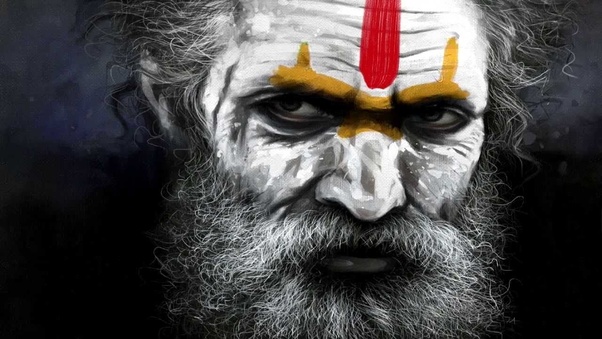Exploring Different Religions : Aghori’s, an unorthodox cult
Exploring Different Religions is a new series of Religion World that will focus on introducing to lesser know religions across the globe, it is estimated there are over 530 lesser or relatively unknown religions across the globe. This series looks into these religions, their practices, beliefs and sentiments. This series will take you on global religious trip that will enlighten your spirits and also help understand the basic connection between religion and humanity.

Religion and spirituality is part of humanity, about which there is an abundance of written and oral knowledge. However, individuals lose touch with spirituality and religion, thus seeking to be reminded. Eloquent individuals with a grasp of the subject and an ability to explain the manifest attract listeners, and a growing number of these listeners proclaim the speaker as a teacher, a learned one, a guru.

Passage of time and nourishment provided by the land and people transforms garden to a forest, eventually finding its own presence in the landscape of religion and spirituality in India, and the rest of the world.
You will come across reference to many lesser known religions in coming weeks, which have their own gurus and shrines where they congregate and offer religions worships. There are perhaps tens of thousands of such groups spread around the world.
Aghori: Unorthodox Indian Cult
There are those who worship the God of the High Heavens.
There are those who worship God in a statue or in an image.
There are those who worship the formless God.
There are those who worship God in their own hearts.
There are those who believe that God is the mind.
The Aghoris worship God in their body or in the body of the others.
Because “I am God”, Aham Brahmasmi.
This sums the spiritual belief of Aghoris. The sect believs they are Gods and people have to treat them so. For reasons better know to them, they are always considered dark sect. But are they really dark? Are they not like all other devotees w of Lord Shiva? Why are their practices earned feareful reputation?
The Aghoris are one of the principal Indian traditions and the most extreme and fascinating form of the Tantra. Dattatreya, a divinity that includes the Trimurti – Brahma, Vishnu and Shiva – are considered to be the founder of this school.
The Sanskrit term Aghora is the combination among two words and has various meanings: A is a negation; Ghora is the obscurity of the ignorance, but it also means intense, deep; Aghora therefore means Light, absence of obscurity, awareness, but it also symbolizes a style of life where a person of the Aghori tradition doesn’t have intense or deep feelings, it doesn’t make difference among the various feelings, seems to be indifferent to the various stories of the life.
It is said that Aghoris drink liquor, smoke ganja, eat meat (at few occasions even human meat); they use a human skull as a bowl, they wander among the funeral pyres, meditate at night and don’t have any sex inhibition. This path seems to be detached completely from Hinduist philosophies. It deceives the true nature of this little known reality in the Indian sadhus. The ritual practices of the Aghoris are symbols of their non-dualistic beliefs. The corpse upon which they meditate is a symbol of their own body and transcendence of the lower self and realization of the Supreme Self.

They are also known for their knowledge of magic arts; many people believe they own magical powers and it is not difficult to hear stories of miraculous recoveries. Among the people, the word Aghori always arouses a mixture between reverence and fear; they also have many devotees among the various religions in India. With an Aghori you can easily find Hindus, Sikhs, Muslims, Jains, Christians and others.

In reality it is said when a person is with these Sadhus, it seems that they are in front of a mystically insane person, all the rational thoughts seem to fade away for an intense spiritual experience.
The death’s theme, so recurrent among the Aghoris, constantly remembers us our mortality but it is also a challenge to transcend the duality between life and death. According to Aghori belief, liberation may be achieved by embracing practices which are considered taboo by orthodox Hinduism. Furthermore, they believe that when these practices are done properly, faster spiritual progress can be achieved. The way of the Aghori is certainly not for the faint of heart, as those who fail to do their practices appropriately risk binding themselves down more tightly to the wheel of existence.
The present form of the Aghori sect may be traced back to Baba Keenaram (Kinaram), a 17th century ascetic who they say lived until the age of 170. After his death, Baba Keenaram was buried in the holy city of Varanasi, and the Keenaram temple that was built there is considered by the Aghori as a most sacred site.









